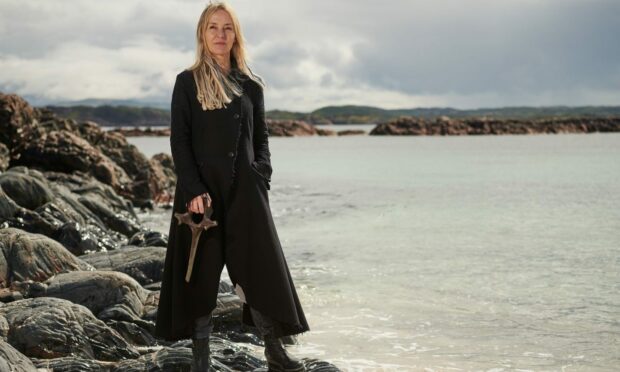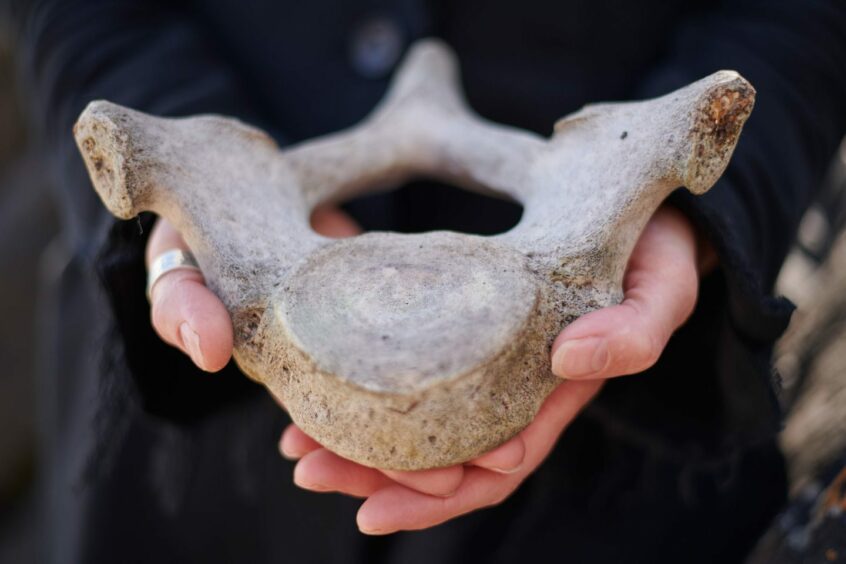An Iona artist is planning to showcase her artistic investigation into why almost 70 whales were killed or injured around the coastline of her west coast home.
Mhairi Killin will open a major new collaborative multi-media exhibition On Sonorous Seas at An Tobar in Tobermory in July.
The installation in the Isle of Mull exhibition space will mix artefacts, video, poetry and soundscape alongside a series of podcasts.
The exhibition is inspired by the complex relationship between the militarisation of Scotland’s waters and its existing ecosystem.
The project was inspired by the events of 2018 when 45 badly decomposed Cuvier’s Beaked whales washed up on the shores of several Hebridean islands, including on Iona.
At the same time, another 23 whales were stranded on the west coast of Ireland.
Scientists have been investigating this “unique mortality event” in relation to the increased presence of military sonar activity in the area around Porcupine Bank, as confirmed by the Royal Navy in September 2021.
Ms Killin said: “By transforming how we tell the narrative of the 2018 mass standing of 118 beaked whales – a narrative embedded in the overlay of two cryptic environments, the habitats of the military and the habitats of the whales – through a partnership of science, music and art, we transform how we observe this story, and perhaps in doing so we can tell reality differently and bring an audience towards the complexity of this issue.”
In May 2021, Ms Killin spent eleven days at sea with the Hebridean Whale and Dolphin Trust aboard their research vessel Silurian, during the NATO military exercise Joint Warrior: the largest tactically focused exercise in Europe.
11 days at sea
During the journey – which ranged from The Sea of Hebrides up to Cape Wrath and involved ten hour work days – Ms Killin and HWDT scientist, Becky Dudley collected sound and visual data using hydrophones and computer software.
The result of this research is a series of new artworks that interrogate the power and reliance on sound as a survival tool and the impact of the legacy of military colonisation of vast areas of land in the Hebrides on the natural and cultural ecologies of the islands.
In addition to visuals created by Ms Killin and artist Tom deMajo from Biome Collective, the installation will feature a new soundwork commissioned from Glasgow-based musician, Fergus Hall.
Composed almost entirely from hydrophone recordings of orca calls, dolphin clicks and whistles, magnified sonar and boat engines made during the research trip on the Silurian, and across six movements, the soundwork also features vocals from Lea Shaw.
The exhibition is free and runs from Friday, July 8 until Saturday August 27. The first episode of the podcast will be release on July 8 at www.onsonorousseas.com


Conversation